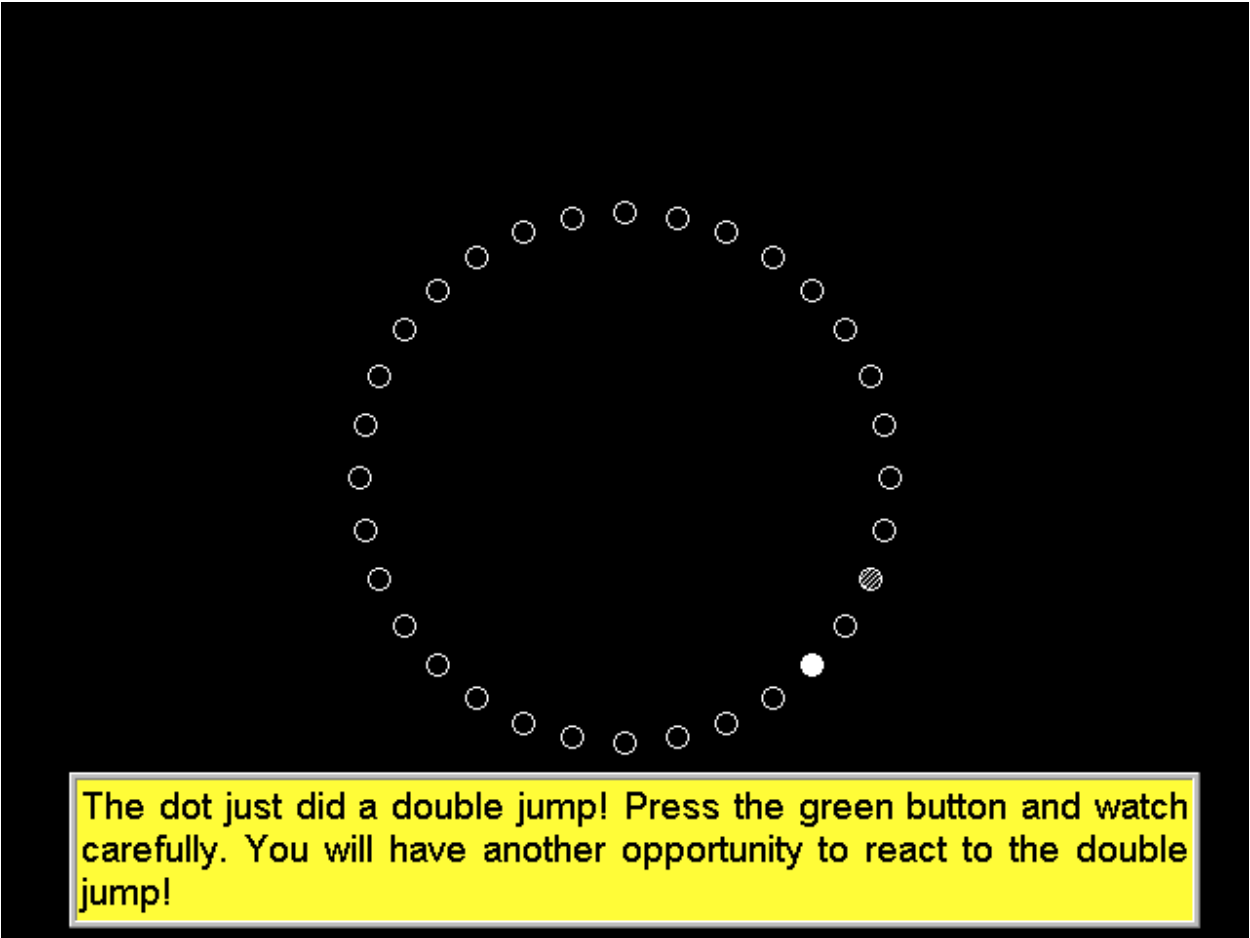VIGIL

G. Schuhfried © SCHUHFRIED GmbH
Application
Assessment of attention in the form of sustained vigilance in a low-stimulus observation situation; suitable for use with individuals aged 6 and over.
Theoretical background
Challenges involving vigilance are characterized by the following conditions:- a lengthy test requires uninterrupted vigilance of the subject; the signals which need to be attended to appear irregularly and do not automatically attract attention. The stimuli presented therefore need to be of relatively low intensity and critical events need to occur relatively infrequently. As a general principle a maximum of 60 critical stimuli per hour is suggested. The decline in performance in vigilance experiments is explained by the lowering of the subject’s activation level and the attendant increase in response latency. According to neurophysiological activation theory, stimulus poverty leads to the cortex being insufficiently stimulated by the ascending reticular activating system (ARAS). The cerebral cortex therefore fails to receive the wake-up impulse needed to sustain particular activities; this results in psychological exhaustion and hence in a decline in performance efficiency. It is this situation which has given rise to the concept of being “overchallenged by understimulation”.
Administration
A white dot moves along a circular path in small jumps. Sometimes the dot makes a double jump; when this happens the respondent must react by pressing a button.
Test forms
- S1: The dots that make up the circular path are shown on the screen as small circles. This form differentiates only among performances that are well below average; it is intended primarily for use with patients whose vigilance is thought to be significantly impaired. Significant stimuli appear considerably more frequently than in forms S2 and S4.
- S2: In this form the path is not marked out on the screen. The respondent must assess whether the white dot has made a double jump (=critical stimulus) or not.
- S4: Identical to S2, but the length of the test is increased to 66 minutes.
Scoring
The following variables are calculated: Number of correct, Number of incorrect, Mean value of reaction time correct (sec.), Gradient of correct and Gradient of reaction time correct together with the associated measures of exactitude.
Reliability
Depending on the test version and the comparison sample, the following split-half reliabilities were obtained for the main variables: Number of correct: r=0.65 – r=0.95; Number of incorrect: r=0.69 – r=0.93, Mean value of reaction time correct: r=0.87 – r=0.99.
Validity
Criterion validity is given: all the criteria required in the most important theories for the measurement of vigilance are met. Tests of extreme group validity found that patients with right-hemisphere cerebral lesions obtained significantly worse results than patients with comparable left-hemisphere brain injury.
Norms
- S1: sample of adults N=292, sample of children/young people aged 6 – 17 N=619, Swedish job-seekers N=245, traffic-psychological clients N=143 and neurological patients N=51.
- S2: Austrian norm sample N=271, sample of psychiatric patients N=111, Swedish job-seekers N=490 and Swedish applicants for technical occupations N=367.
- S4: Comparison scores of N=114 patients with sleep apnoea are available.
Time required for the test
Between 30 and 70 minutes (including instruction and practice phase), depending on test form.